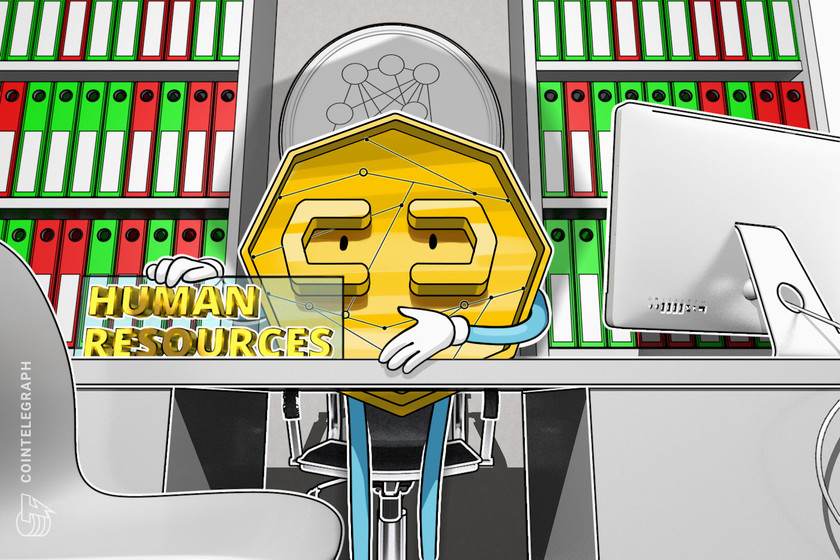Europe’s central bank is concerned about possible runs on stablecoins
Stablecoin runs could occur if users lose confidence in the issuer or its network.

The European Central Bank has warned the global community about the risks of so-called “stablecoin runs.”
Analogous to the term “bank runs” in the traditional financial system, stablecoin runs could occur if end users lose confidence in the issuer or its network, the ECB wrote in a Sept. 22 report.
In traditional finance, a bank run occurs when a large number of customers withdraw their deposits simultaneously over concerns of the bank’s solvency. As more people withdraw their funds, the probability of default increases, triggering more withdrawals.
The ECB goes on to say that — during such a run — some parts of the stablecoin arrangement may stop functioning in a manner similar to that observed in the 2007 global financial crisis when the redemption of securitization vehicles was suspended.
The bank said that there are a number of events that could trigger a run on a stablecoin. Among the primary triggers, the bank listed cyberattacks to the system or theft from wallets, as well as customer doubts on the value of the stablecoin. “Such a realization could trigger substantial redemptions of stablecoins which could be amplified to the extent that end users misconceive stablecoin holdings as a substitute of bank deposits,” the ECB said in the report.
Stablecoin runs could also occur when the stablecoin arrangement promises a fixed value of the stablecoin like some tokenized funds. In this case, the stablecoin issuer will be responsible for covering all losses stemming from the investment, including losses from exchange rate fluctuations, the bank said.
In these scenarios, the massive liquidation of assets would trigger negative contagion effects on the entire global financial system, the ECB stated. The reactions in emerging markets with weak institutional capacity could further knock-on effects to more advanced economies where the “pool of collateral assets mostly reside.”
As the stablecoin market has been growing massively in 2020, a hypothetical run on a stablecoin could be a huge shock for the global crypto community. Tether (USDT) — the largest stablecoin by market cap — accounts for over $42 billion in daily trading, which is roughly twice as much as Bitcoin (BTC) at publishing time.









